Green Dough? Who knew such a colorful term was about leavening! Do you have questions about why bakers choose baking powder instead of baking soda? It’s always baking season, so let’s talk about the right method and agent for perfecting your bake!
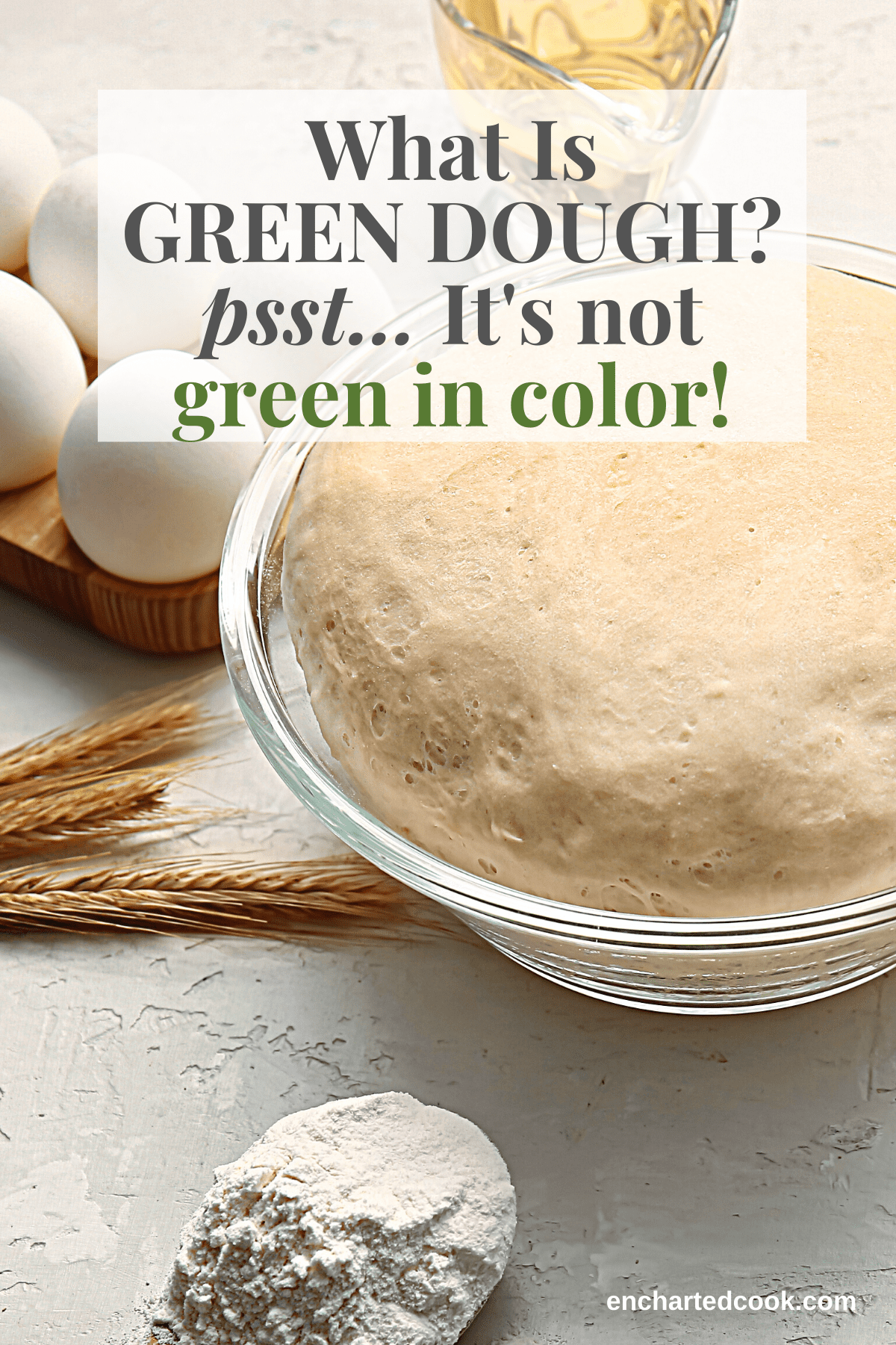
But first, let me tell you how I learned about green dough. Did you know that it doesn't mean that the dough is the color green?
Green dough is a term for under-fermented bread.
Jump to:
- What is Leavening?
- How to Leaven Baked Goods - 3 Methods & 6 Agents
- Method Mechanical - Agent Air
- Method Mechanical - Agent Egg White
- Method Fermentation - Agent Yeast
- Method Chemical – Agents: Baking Soda, Baking Powder, and Cream of Tartar
- Agent - Baking Soda
- Agent - Baking Powder
- Agent - Cream of Tartar
- Bending the Rules
- Related Posts
- 💬 Comments
Years ago, I worked for a wholesale food distributor that was also a flour mill. As part of their quality control, they had an employee that made bread at least once a week from the flour that was milled and stored on-premise. One day I was in the breakroom when a new loaf had just been pulled from the oven. As I was getting my cup of coffee, my co-worker said, “I bet you’ve never had real bread before”.
I remember being a little annoyed. Not only was I from San Francisco, home of exceptional sourdough bread, but I was a fairly competent home cook and I chirped, “Actually, I make bread at home”. He quickly retorted, “Well, all you make is a green dough.”
Now, I was offended. I didn’t know exactly what the term meant, but I knew it wasn’t a compliment.
Those were the days I kept a starter in the refrigerator and often made bread and rolls with no less than 3 raisings before shaping and performing the final rise. It was the early 80’s and “Fred” and “Herman” starters were very popular.
I said I didn’t know what “green dough” was and he said, home cooks only let their dough rise once. So, my dough was “green”.
Now, I was really confused and my look of confusion prompted him to ask me how I made bread. After I told him about the starter and the multiple punch-downs, raisings, and the resting of the dough before shaping, he apologized.
What can I say? I was young and he was much older and assumptions were flying!
This was when I learned that “green dough” was a proper baker’s term for under-fermented bread.
That one conversation, years ago, sparked my curiosity and I started thinking about leavening. I knew that yeast was one of the ways to leaven baked goods, but being a simple home cook with only one semester of Home Ec cooking, I always followed recipes explicitly without knowing the "whys" and "hows".
It was years later of cookbook collecting and PBS cooking shows that I really began to understand leavening.
What is Leavening?
Simply put, leavening is the creation of air to lighten a batter, dough, or mixture. Leavening always works to add air to baked goods.
How to Leaven Baked Goods - 3 Methods & 6 Agents
Basically, there are 3 methods to leaven baked goods: Mechanical, Fermentation, and Chemical.
Within these 3 methods are 6 agents: Air, Egg White, Yeast, Baking Soda, Baking Powder, and Cream of Tartar.
The first two agents, air and egg white, are mechanical methods to leaven. So, let’s talk about each of these first.
Method Mechanical - Agent Air
When you use The Creaming Method to make a batter you are beating the butter so that air is incorporated into the mixture. This is what causes the color of the batter to lighten. You continue to beat after adding the sugar and then the eggs. This causes more air to move into the creamed mixture, which will result in a less dense crumb.
Beating egg yolks until they thicken slightly and lighten in color is another example of adding air to lighten a batter. This technique is generally stated in directions for sponge-type cakes.
Method Mechanical - Agent Egg White
I’ve listed egg white next because it too requires vigorous beating to be a benefit in lifting a batter. Egg whites are capable of holding a great deal of air, and if beaten separately from the yolks, can easily support a mixture with no other leavening added. Angel Food Cake is the classic example of beaten egg whites creating a very light cake. Sponge cakes and soufflés are, also, prime examples of egg white doing its magic.
For every one cup of flour, you will need a minimum of ¾ of a cup of egg whites.
Method Fermentation - Agent Yeast
What would we do without our little friend, yeast? There is nothing quite like the flavor and texture of yeast-raised doughs and batters. As yeast multiplies and grows, it consumes sugar and releases carbon dioxide and the carbon dioxide is what makes dough light and airy. Be aware that too much of a good thing will turn bad. Too much yeast, by using too much to start, or too many raisings will cause over-fermentation of your mixture which will then have a telltale alcohol smell and taste.
Overall you will need 1 ¼ teaspoons of yeast per cup of flour in your recipe or 1 tablespoon per 4 cups of flour.
Although incredibly delicious, yeast doughs and batters take time for the fermentation to occur. Some recipes use a speed rise method, where you triple the yeast and only do one full rise before shaping and raising the final time. This is a faster method and with only one full rise you avoid over-fermentation.
The next 3 leavening agents are classified under the Chemical Method and are considered quick rises, compared to yeast. These agents all have a short raising or no raising before baking.
Method Chemical – Agents: Baking Soda, Baking Powder, and Cream of Tartar
It doesn’t sound very romantic or “green” to say we use chemicals to leaven. But, we would not have many of our favorite quick-rising baked goods without baking soda, baking powder, or cream of tartar. Let’s briefly talk about these:
Agent - Baking Soda
Baking Soda contains sodium bicarbonate and is the one leavening agent that needs a companion ingredient, acid, to do its magic. Any leavened recipe that calls for buttermilk, vinegar, or citrus juice will always include baking soda. Otherwise, why not just use baking powder?
For every one cup of flour, you will need 1 teaspoon of baking soda plus your liquid ingredients should include acidity.
Agent - Baking Powder
Hello, my good friend baking powder! The only thing baking powder needs to start making bubbles of gas to raise your batter is moisture and heat. But, wait! There are two types of baking powder, single acting and double acting.
Single-acting contains the chemical, monocalcium phosphate, and it requires heat to activate. Double-acting contains two chemicals, both monocalcium phosphate and sodium bicarbonate, and requires both heat and moisture to fully activate.
The key thing to know here is that double-acting baking powder contains baking soda. So, if you have a recipe that calls for baking powder and baking soda, it’s a pretty good bet the recipe creator was thinking single-action baking powder. Otherwise, you would be doubling up on the baking soda and get a very large hump on your baked loaf.
Additionally, It is also important to use a baking powder that does not contain aluminum. Aluminum gives a strong and bitter metallic flavor to baked goods.
One last word on baking powder, please read the ingredients on your favorite brand. I have read on the web that “baking powder is baking soda and cream of tartar mixed together”. I have never known this to be true. What is true is you can substitute baking soda and cream of tartar for baking powder, but it is not the same and will react slightly differently.
For every one cup of flour, you will need 1 teaspoon of baking powder.
Agent - Cream of Tartar
Last, but not least is cream of tartar, also known as potassium bitartrate. What is amazing about this leavening agent is it brings its own acid within itself. Taste it. On the tongue, it is immediately acidic and salty. The acid is why it aids in making egg whites quickly increase in volume and the salt is helps in stabilizing whipped cream to stay firm at room temperature.
As a leavening agent, it works beautifully, especially if there is lots of sugar. Just think about classic Snickerdoodles. The original recipe is leavened and flavored only with cream of tartar.
For every one cup of flour, you will need ½ teaspoon of cream of tartar.
One cool, smarty pants note about cream of tartar is that when grape juice is being fermented to make wine, crystals of cream of tartar can form in the barrels. These crystals can also be found as sediment in bottled wine. Anything from wine has to be good! Right?
Bending the Rules
As with all rules, there are always exceptions and a hot milk cake is an exceptionally good cake that bends the rules slightly. A Lazy Daisy Cake is a good example of a recipe that bends the rules, slightly.
This recipe directs you to beat the eggs until they are light and have incorporated air (Mechanical – Air Leavening). It then adds baking powder (Chemical – Heat). The next instruction is to add scalded milk containing butter that melts during the scalding. What???
This is pure genius. The scalded milk immediately applies heat to the batter and the batter is primed to rise! Not to mention the acidity of the milk, if you are using double-acting baking powder, which will give extra insurance of an excellent rise.
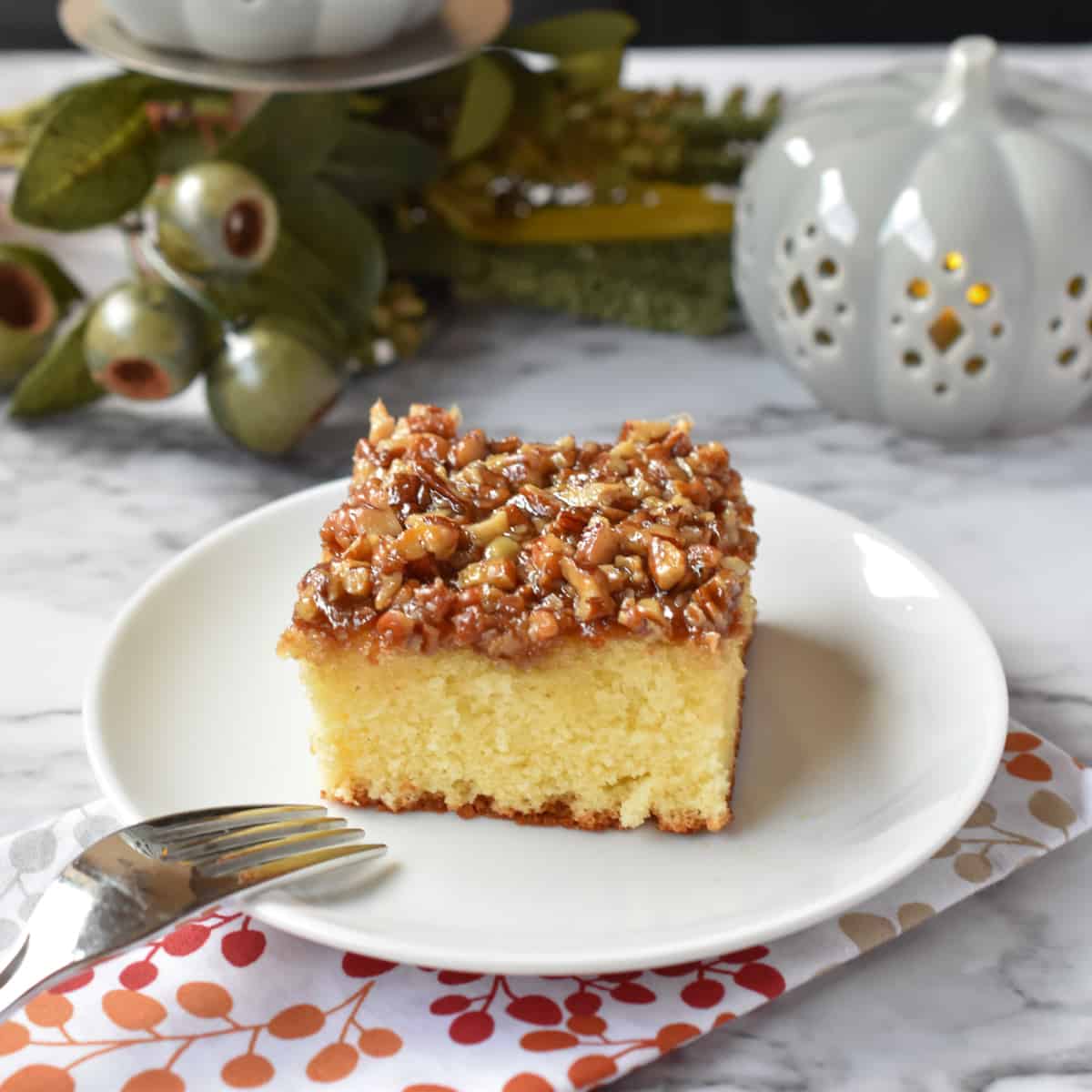
To learn even more about leavening methods and agents, be sure to check out my exclusive chart for Leavening Methods and Agents.
Related Posts



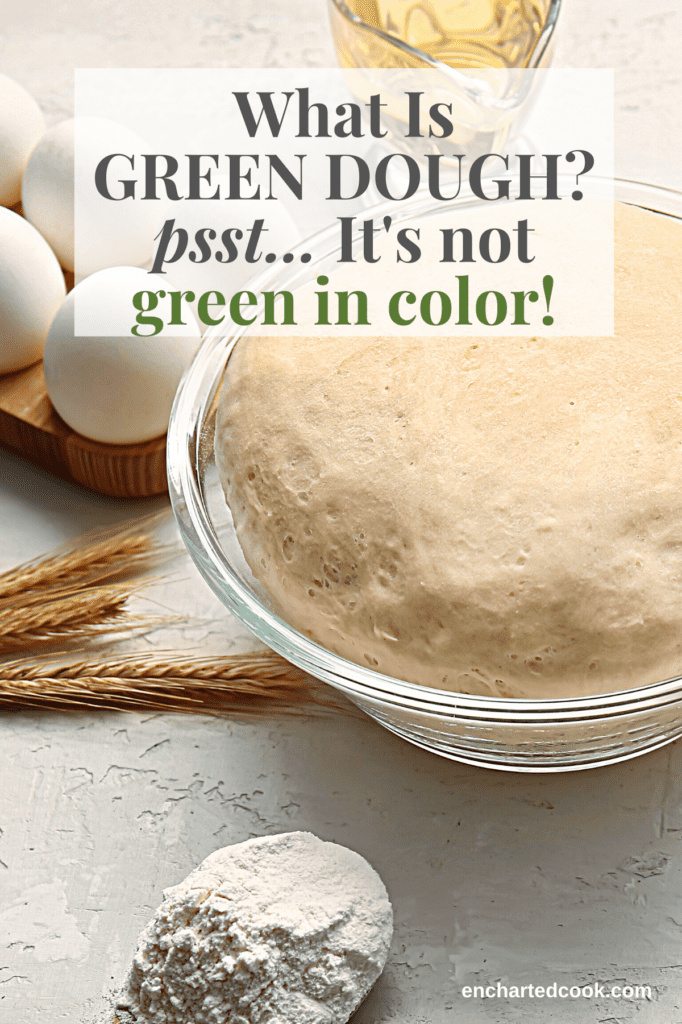
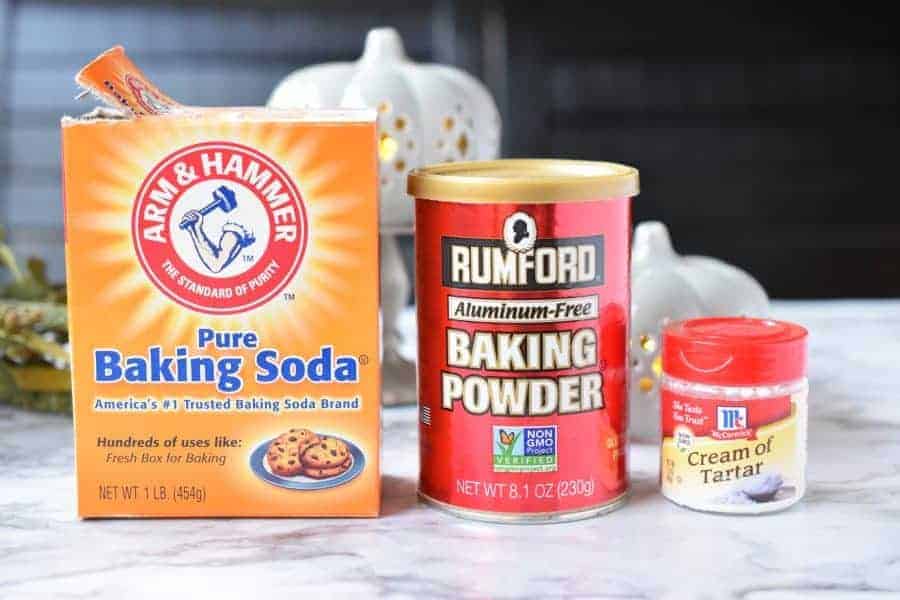
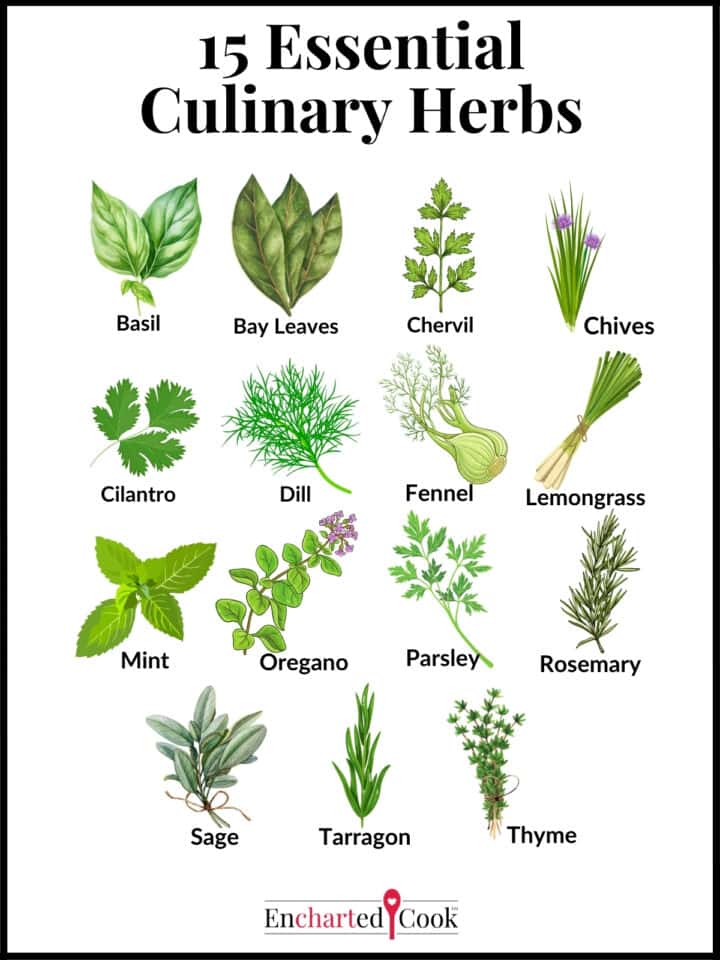
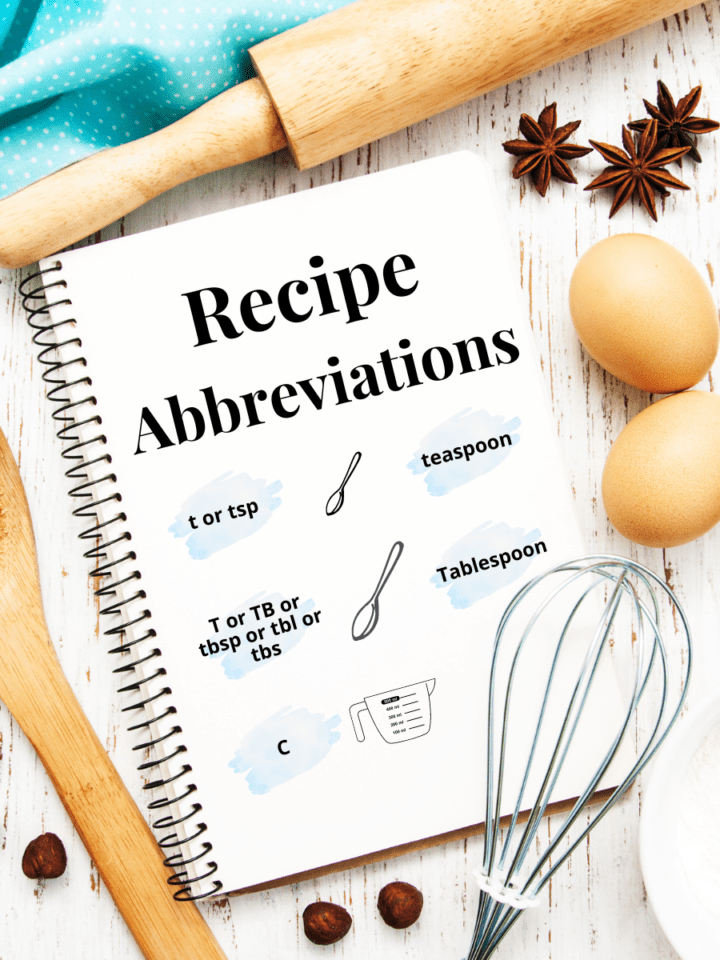
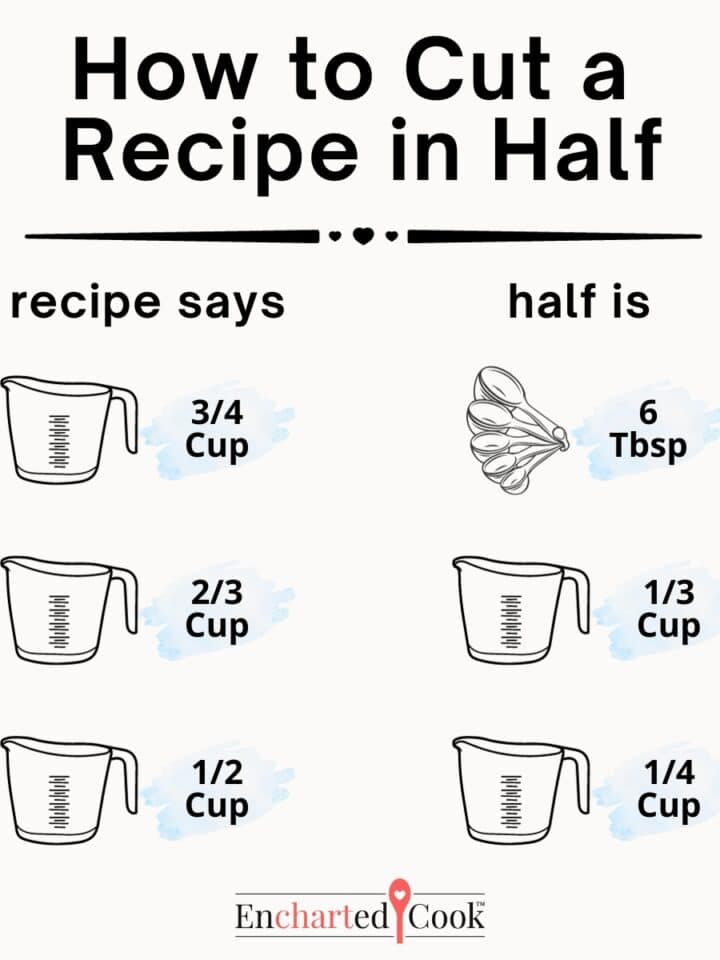
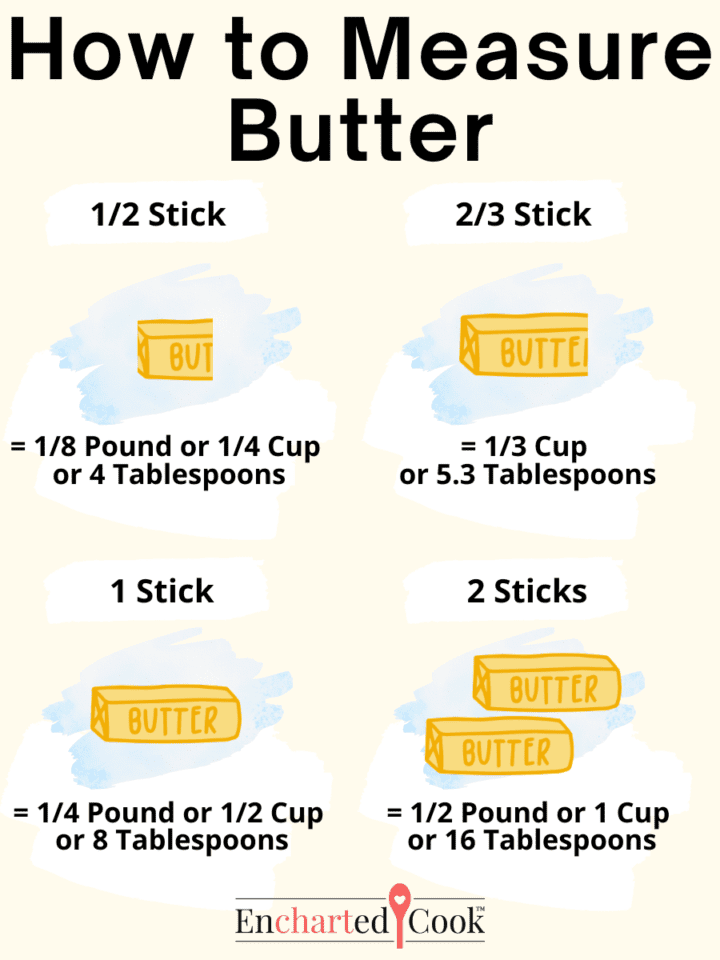
Comments
No Comments